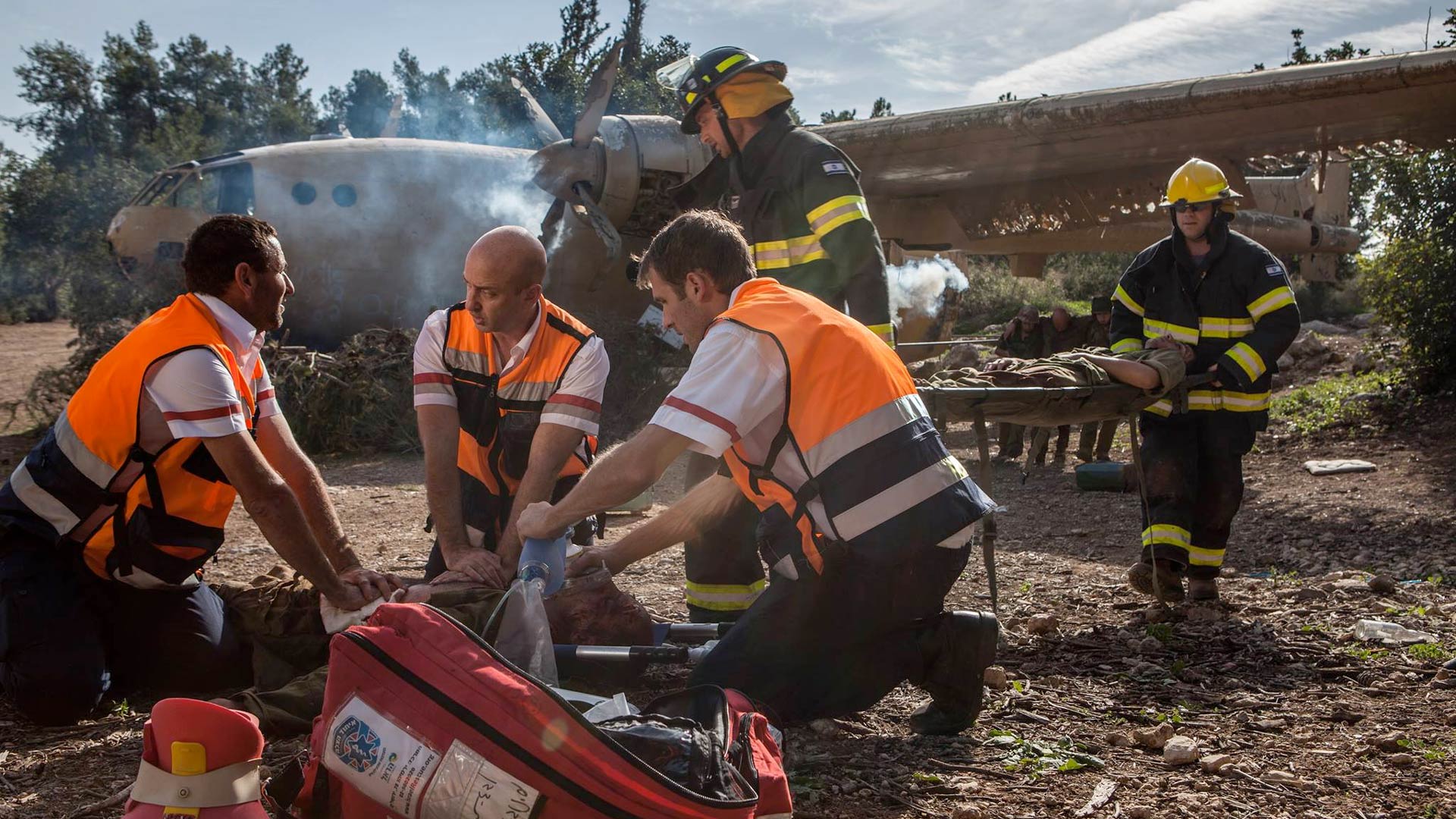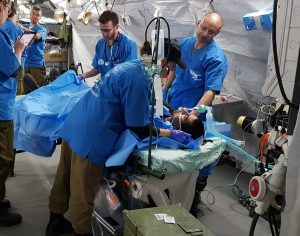Attention: Experience in dealing with routine incidents does not prepare you for an extreme incident!
As a first responder, you train for extreme incidents your entire professional life. Yet, when you experience it for the first time, it’s beyond anything you learned.
What are the characteristics of an extreme incident?
An extreme incident is any occurrence or any action/event that challenges all your senses, your self-control, and how you react to what is happening.

We define an extreme incident as any event that falls into all the following categories:
- Includes wounded and/or kidnapped casualties;
- Creates confusion and high levels of stress;
- Requires but provides limited access to medical and rescue resources.

The event is mentally challenging because your brain perceives it as a “first-time” experience. This makes it more difficult for your mind to come up with solutions, which in turn may trigger automatic responses of your body (like the fight or flight response, which is a physiological reaction that occurs in response to a perceived harmful event, attack, or threat to survival).

The mental challenge occurs as a result of several affecting factors:
- The way in which you experience the event (trauma, guilt etc…)
- The disturbing sights (people in pain and/or agony, dead bodies, noise, dust or other factors)
- Fear

What are the challenges of an extreme incident?
Below is a short description of the main characteristics of an extreme incident and the feelings you might experience (among others, of course) as you are going through it:
- All the different units/facilities of an organization (from office workers to logistics, purchasing etc.) need to adapt immediately to the emergency status/harsh conditions;
- Requires high levels of logistical, medical and operational coordination at all levels of command;
- Requires capabilities that deviate from basic techniques and involve improvisation, leadership and decision-making skills;
- There will be problems, but not where you expect, so expect the unexpected;
- Conduct in routine trainings might create a feeling of false self-confidence, since the capability to deal with extreme incidents (which are characterized by large size, the number of locations, the type of challenge etc), is significantly more challenging;

Are you ready to go through an extreme incident?
If you work as a first responder, serve in the military, or in a medical center, going through an extreme incident is not a matter of IF, but of WHEN.
So before it happens, make sure that you and your team are prepared to face everything that’s coming your way.
GET IN TOUCH
Contact Extreme Simulations now to book a complete training session





